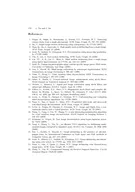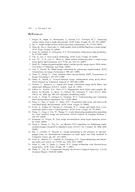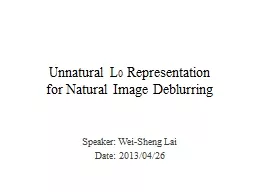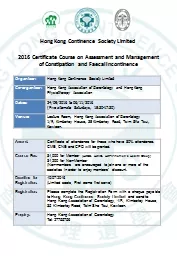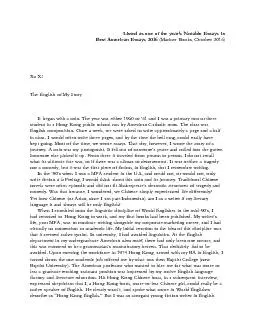PDF-TwoPhase Kernel Estimation for Robust Motion Deblurring Li Xu and Jiaya Jia Department
Author : alexa-scheidler | Published Date : 2014-12-12
cuhkeduhk Abstract We discuss a few new motion deblurring problems that are signi64257cant to kernel estimation and nonblind deconvolution We found that strong edges
Presentation Embed Code
Download Presentation
Download Presentation The PPT/PDF document "TwoPhase Kernel Estimation for Robust Mo..." is the property of its rightful owner. Permission is granted to download and print the materials on this website for personal, non-commercial use only, and to display it on your personal computer provided you do not modify the materials and that you retain all copyright notices contained in the materials. By downloading content from our website, you accept the terms of this agreement.
TwoPhase Kernel Estimation for Robust Motion Deblurring Li Xu and Jiaya Jia Department: Transcript
Download Rules Of Document
"TwoPhase Kernel Estimation for Robust Motion Deblurring Li Xu and Jiaya Jia Department"The content belongs to its owner. You may download and print it for personal use, without modification, and keep all copyright notices. By downloading, you agree to these terms.
Related Documents

